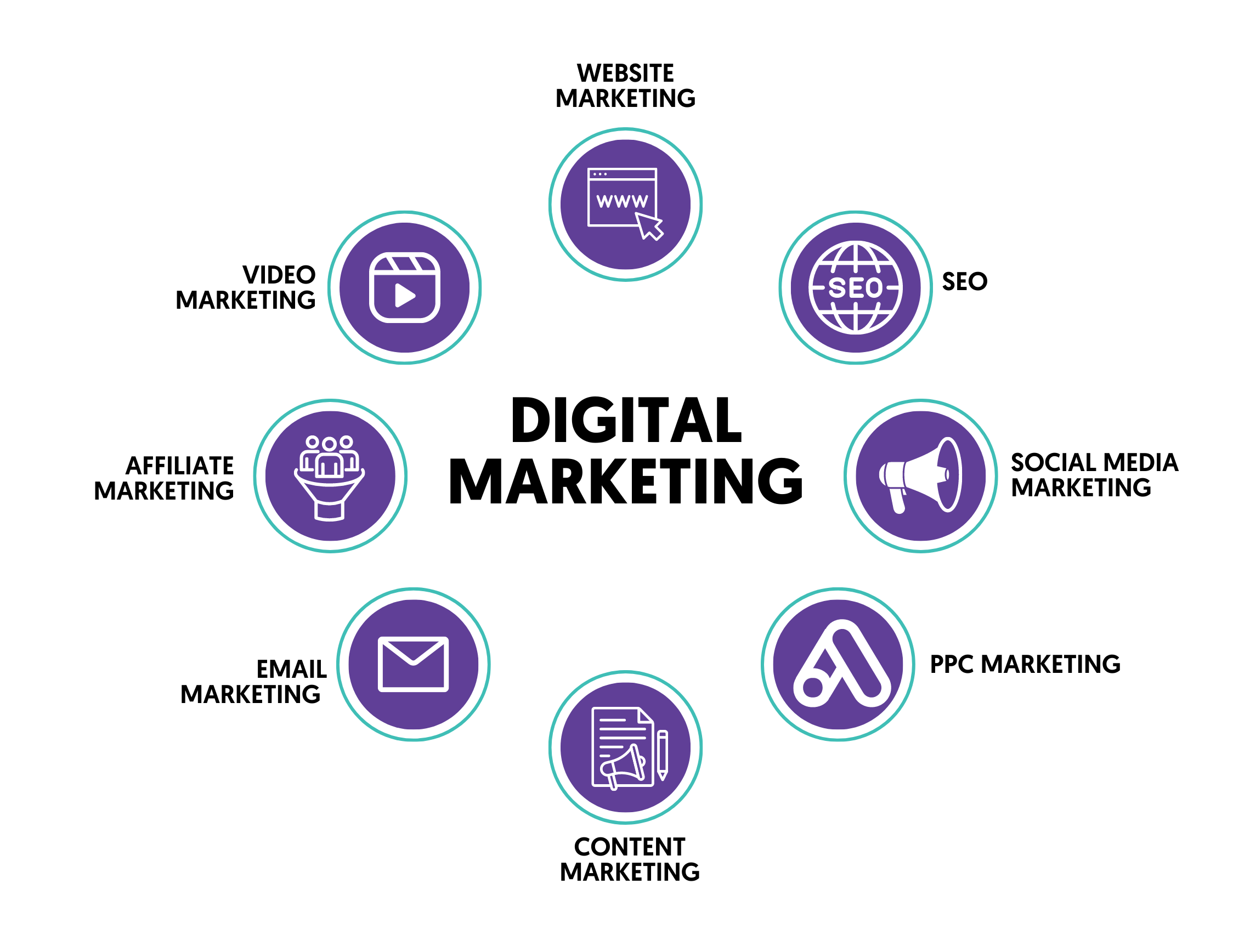Enhance Individual Experience and Drive Web Traffic With Receptive Web Style
In today's electronic landscape, where individuals are accessing web sites from a wide range of devices, receptive web design has become more vital than ever before. With its capacity to adapt and seamlessly readjust to different display sizes, receptive style not only boosts individual experience yet likewise drives traffic to your site.
Why Receptive Website Design Matters
Receptive web layout is an essential facet of modern internet development as a result of its capability to ensure ideal user experience throughout numerous gadgets and display sizes. With the proliferation of mobile phones, tablet computers, and other mobile tools, it has ended up being essential for internet sites to adapt and give seamless performance despite the tool being utilized.
The key reason that responsive website design matters is that it permits individuals to have a regular and pleasurable searching experience, no matter the device they are utilizing. A receptive site immediately readjusts its style, material, and design elements to fit the display size and resolution of the tool, making sure that customers can conveniently engage and navigate with the internet site without any hassle or aggravation.
Moreover, receptive internet design additionally plays a substantial duty in seo (SEARCH ENGINE OPTIMIZATION) Look engines, such as Google, prioritize web sites that are mobile-friendly and receptive in their search results page. By including receptive style concepts, internet sites can boost their presence and position, causing boosted natural website traffic and possible customers.

Boosting User Interaction Through Responsive Style
Maximizing user interaction is an essential objective of receptive design, as it makes sure that customers can easily gain access to and interact with web site web content on any kind of device. With the enhancing usage of tablet computers and smartphones, it is important for web sites to adjust to various screen sizes and resolutions. Responsive layout makes it possible for web sites to immediately change their layout and material to supply a smooth customer experience throughout tools.
Among the major ways responsive design boosts user engagement is by reducing load times. With a responsive site, users don't have to wait for different mobile versions to load, resulting in faster accessibility to web content. This better rate causes greater customer satisfaction and encourages them to invest even more time on the website.
In addition, receptive style enhances user involvement by boosting navigating and interface (Web Design). When an internet site is developed responsively, menus and switches are enhanced for touch interactions, making it simpler for customers to interact and browse with the website on their mobile devices. This user-friendly and instinctive experience keeps users involved and urges them to check out more of the web site
Additionally, receptive style permits much better web content presence and readability. By adapting the format and font dimensions to different devices, receptive websites make sure that users can conveniently read and recognize the content. This enhances customer interaction by decreasing the demand for zooming or scrolling to review the text.
Boosting Website Web Traffic With Responsive Website Design
With the expanding appeal of mobile phones, having a web site that is responsive to different screen sizes and resolutions is vital for driving boosted website traffic. In today's electronic landscape, users are accessing sites from a range of gadgets such as smart devices, tablet computers, and computer. Each of these gadgets has different screen dimensions and resolutions, and if your web site is not developed to adjust to these variations, it can result in an inadequate user experience and a loss of possible traffic.
Responsive web style makes sure that your web site looks and works efficiently across all devices. By utilizing flexible grids, liquid photos, and media queries, responsive design enables your website to automatically readjust its web content, navigating, and design to fit any kind of display size. This means that users will have a seamless browsing experience no matter whether they are making use of a little smartphone or a large desktop computer computer system.
Crucial Element of Reliable Responsive Style
Effective receptive style includes several crucial components that guarantee a smooth customer experience throughout different gadgets. This enables web content to be displayed in a visually enticing and readable way on any kind of device.
Another crucial component is media queries. These allow designers to use various designs and layouts based on the attributes of the user's device, such as news web page design screen size and positioning. By utilizing media questions, developers can optimize the presentation of content for each gadget, guaranteeing that it is legible and conveniently obtainable.
Receptive photos are additionally crucial in efficient receptive layout. Photos that are also huge can reduce down web page tons times on mobile tools, while images that are also tiny might show up pixelated on bigger screens. By utilizing methods such as receptive picture resizing and lazy loading, designers can guarantee that images are appropriately sized and maximized for every device.
Finally, efficient responsive design involves a mobile-first technique. This indicates focusing on and developing content for smart phones first, and after that expanding and boosting the layout for bigger displays. This method guarantees that one of the most vital material is easily available on smaller displays, while still supplying a rich experience on bigger gadgets.
Best Practices for Applying Receptive Website Design
Applying responsive website design calls for mindful consideration of various ideal methods to ensure an optimum customer experience throughout different gadgets. Here are some crucial best techniques to follow when implementing responsive website design.
First of all, it is important to focus on mobile users. With the boosting supremacy of mobile phones, creating for mobile-first has ended up being crucial. Start deliberately for smaller sized screens and then gradually boost the layout for larger displays.

An additional vital finest practice is to maximize images for various screen resolutions. Huge images can slow down the filling time of your site, specifically on mobile phones with slower connections. Usage responsive images that can be resized based on the gadget's screen resolution to improve efficiency.
Additionally, examination your website on various gadgets and screen dimensions to ensure a seamless and regular experience. There are various screening tools readily available that can help you determine any problems and make essential adjustments.
Last but not least, prioritize use and ease of access. Make sure that your website is simple to browse, with concise and clear web content. Ensure that your website comes to people with handicaps and follows ease of access standards.
Verdict
In conclusion, receptive website design plays a vital duty in enhancing user experience and driving web traffic to web sites. By taking on responsive style principles, web sites can make certain optimum viewing experiences across different devices, why not look here resulting in boosted customer involvement (seo Carlsbad). Moreover, receptive layout can additionally add to greater website web traffic as it boosts internet search engine positions and promotes simple sharing of content. Consequently, organizations must concentrate on executing the crucial elements and best practices of responsive layout to properly satisfy the demands of contemporary customers.
Optimizing individual engagement is a crucial objective of responsive layout, as it makes certain that individuals can easily accessibility and this content engage with internet site web content on any type of device. Receptive design allows internet sites to immediately readjust their layout and material to provide a smooth customer experience across gadgets.
In addition, responsive design improves individual involvement by improving navigation and customer interface.Receptive images are likewise critical in effective receptive design. By adopting responsive style concepts, internet sites can ensure ideal checking out experiences across various gadgets, leading to raised user engagement.